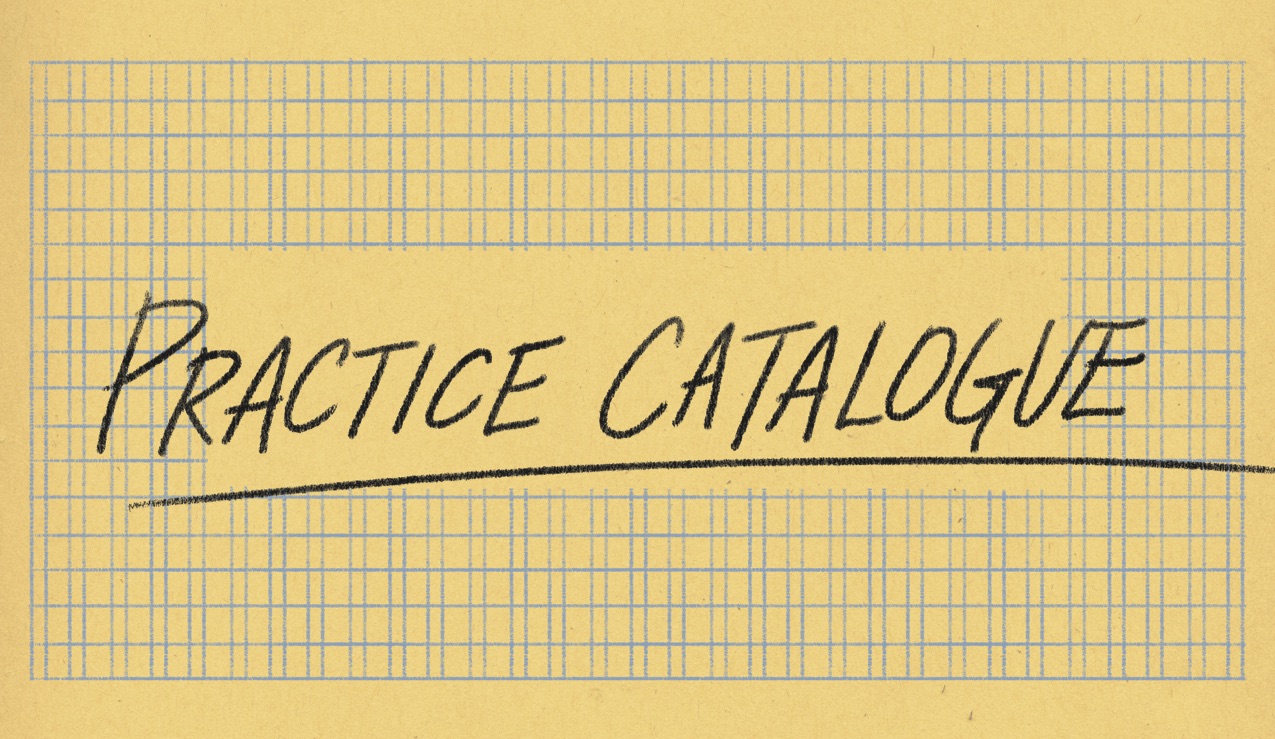Lucy Ives's Three Paragraphs on Fiction
It would not be inaccurate to say that I write with a mirror in hand. But in fact there is no mirror. A phantom or unreal version of the vaudeville marksman, or woman, I appear to look away from what I am aiming at, what I apparently seek to describe. When I write I employ a system of mirrors. It is not that they are real mirrors, that you would ever be able to see them in real life. But they entrap images of the world, all the same. This is the sort of appliance fiction is for me: I use it to look away from something and still perceive it. I can speak—and, write—about a thing that has been placed directly behind my head. I adjust various reflective surfaces accordingly. They tremble at the ends of wands; the joints are slightly loose; it takes some patience. A scene comes into view.
Everything I’ve just said is metaphor, of course, but it’s one of the best ways I’ve come up with for describing what it is I want to do with fiction. It’s imperfect and provisional, as all metaphors are, and I don’t yet fully understand it. Elsewhere, I’ve called fiction a device for “seeing around corners.” I recently told someone, “Fiction is a way of seeing around corners. It’s a system of mirrors that isn’t designed to catch my own image, but rather images of what I’m not able or permitted to see in my actual life. I’m not exactly sure how it is you can know something that you don’t know, but fiction works like that for me. It’s a device for collecting information.” I think when I said this I was thinking of an image of a periscope I once saw advertised in the back of a children’s magazine—but a text is slightly different from a set of carefully aligned mirrors and you have to look into it at least twice to see the kind of image I’m talking about. You aren’t looking at reality; it’s hard not to look at reality but you have to recognize this and you have to wait until you see the contours of another thing, which is in fact the thing. In fiction, the thing itself is always something that you could not see in life, so called. This, for me, is the definition of fiction, where it is and how it happens. And in this sense, fiction is not merely or exclusively about “making things up.” But it isn’t not about making things up, either.
The late poet John Ashbery composed a long poem, “Self-Portrait in a Convex Mirror,” about the distortion and indirection of art. As Ashbery notes, “The surface / Of the mirror being convex, the distance increases / Significantly.” You don’t have a reliable or even particularly detailed image of the world here. What makes Ashbery’s object, a 1524 Parmigianino self-portrait painted on a wooden ball, interesting is also what makes it inaccurate: The act of taking or making an image is distancing and slightly grotesque. The ball emphasizes this, even as it’s a mark of an attempt to imitate the real, actual mirror. The self-portrait is not just a self-portrait but a picture of what the image looks like, in itself; it is a portrait of the image in its poverty and failure to document or express. We observe the simultaneous brief emergence and permanent recession of a humanist soul; apparently renaissance media had its failings, too: anamorphosis, rather than our current difficulty, compression. Elsewhere, Lewis Carroll famously dealt with mirrors, too. Alice ventured into a landscape of extreme language games, sauntering through images of logic. Unfettered by the affective distractions of human social life, Alice could enjoy a sort of pure access to the way in which positions form in syntax and with words, yikes.
[These paragraphs are an excerpt from a longer talk on satire and realism in the novel, originally delivered at SVA in New York on May 4, 2018. The talk, written by Lucy Ives, was performed by Matthew Sinnaeve (@matthewsinnaeve), with the participation of Ives.]
